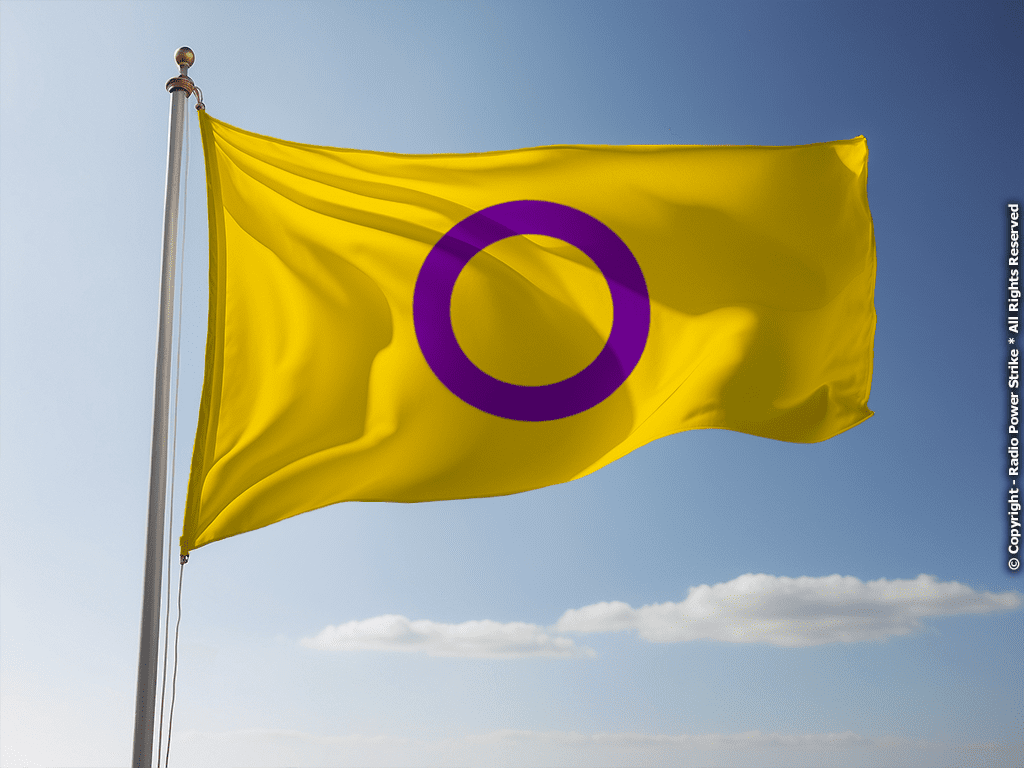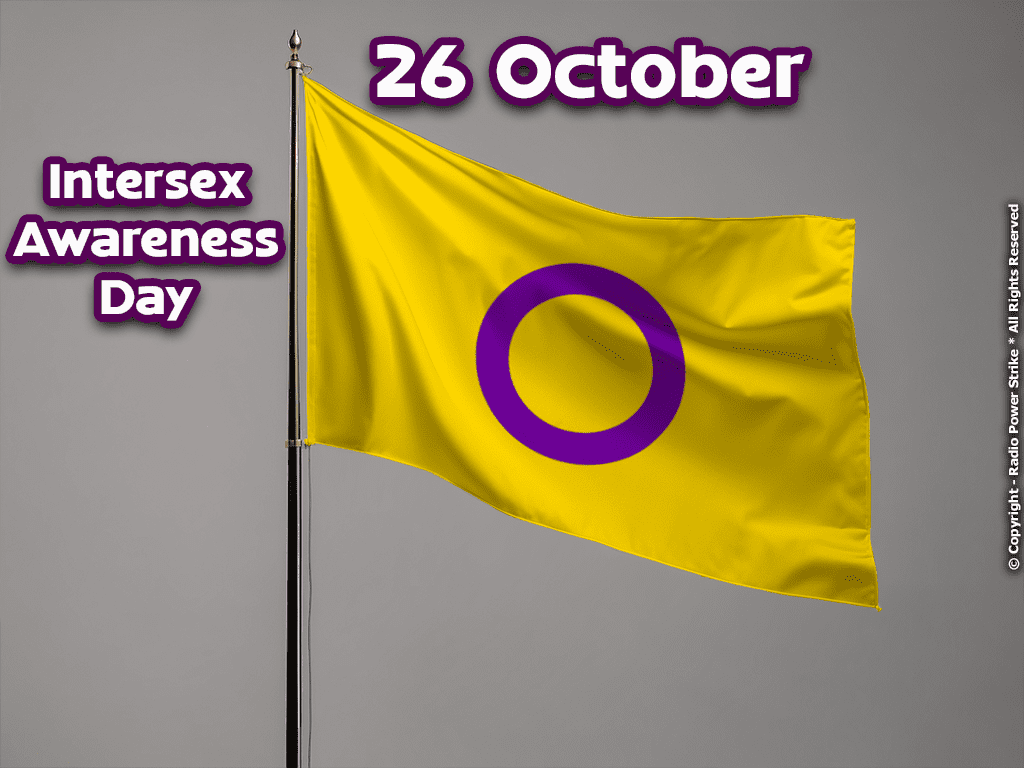What is Intersex?
A Deep Dive into the World of Intersex and the Need for Global Acceptance

The diversity of human biology is vast, with each individual being a unique composition of chromosomes, hormones, and physical characteristics. Within this spectrum, intersex individuals exist, challenging traditional binary conceptions of male and female. Their existence, often overshadowed, calls for heightened awareness and understanding.
Meaning
At its heart, intersex is a term that spans a broad group of people who possess one or more sex characteristics that might not fit typical conceptions of male or female bodies. These characteristics can be chromosomal, hormonal, or anatomical. They can manifest in variations in chromosomes, genital structures, or internal organs. It’s estimated that approximately 1.7% of the global population is born with intersex traits, making it as common as having red hair.
Why Intersex Visibility Matters
Visibility isn’t just about acknowledgment; it’s about the rights and well-being of intersex individuals. Historically, many intersex infants and children underwent “corrective” surgeries without their consent, intended to make their bodies fit into societal gender norms. As revealed by InterAct, these surgeries, often medically unnecessary at such a young age, could lead to abandonment or even infanticide in many countries.
Major global institutions like the United Nations and World Health Organisation deem such surgeries on intersex infants as a human rights breach. Yet, the global response remains patchy. Few countries, like Malta, have laws specifically designed to protect intersex individuals from unwarranted medical procedures. Compared to other LGBTQIA+ protections, explicit safeguards against discrimination for intersex people are markedly insufficient.
Marking the Intersex Awareness Day

On October 26, 1996, a pivotal moment in intersex advocacy occurred. Intersex individuals and allies from the Intersex Society of North America assembled in Boston, Massachusetts, targeting the American Academy of Pediatrics’ annual conference. This gathering wasn’t merely symbolic; it was a fervent outcry against non-consensual infant genital surgeries and a demand for the medical community’s acknowledgment. Despite the dismissal of their pleas by some medical professionals, as noted in a 1997 New York Times piece, the momentum of their advocacy has only intensified.
Fast forward to 2018, the intersex rights movement experienced notable moments. In New York City, collaborative efforts between the LGBT advocacy group Voices 4, intersex supermodel Hanne Gaby Odiele, the Intersex Justice Project, and interACT rallied against Dr. Dix Poppas. Known for his controversial methods, including the use of vibrators on young intersex children to verify surgical outcomes, Dr. Poppas remains undisciplined and continues his practice at Cornell. His audacious remark in August 2018 about wishing he had “videotaped” the tests further fueled the community’s indignation.
Highlighting the persistent endeavors of the Intersex Justice Project, Lurie Children’s Hospital in Chicago was compelled to respond. After consistent activism and calls to #EndIntersexSurgery, the institution acknowledged its shortcomings and officially apologized in 2020.
Marking recent progress, the Department of State in 2022 asserted the governmental responsibility to safeguard the human rights of intersex individuals, concurrently extending solidarity to intersex activists and advocates.
As we journey deeper into the realm of intersex awareness, it becomes evident that understanding, inclusivity, and acceptance are the paths forward.

Comments are closed, but trackbacks and pingbacks are open.